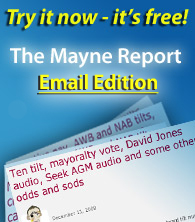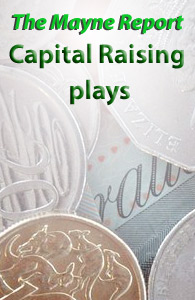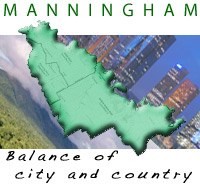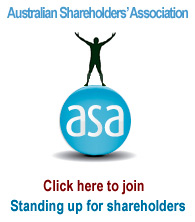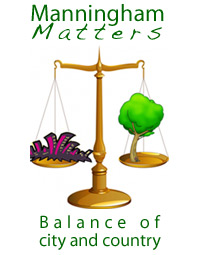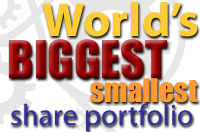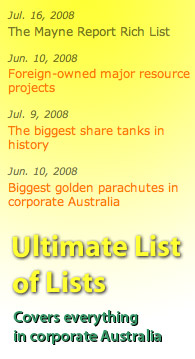Tracking off-market buybacks in Australia
March 14, 2023
This list tracks the outcomes of off-market buybacks in the Australian market, which are in the process of being banned by the Albanese Government as part of a crackdown on franking credits.
McMillan Shakespeare, October 2022: A 10% buyback worth $90.2 million with a 49% scale back. The market price was announced as $13.56 and with the 14% discount the buyback price $11.66. The capital component was only 99c and the fully franked dividend $10.67.
JB Hi Fi, April 2022: $250 million off market buyback which was swamped, such that an 88.5% scale back was applied and only those who pitched at the maximum 14% discount were even partially satisfied. The minimum allocation was 100 shares or up to 140 if that reflected your entire holding. See results announcement. Demand was driven by the fact the capital component was only $3.18, compared with $41.87 or some 93% as fully franked dividend. The market price finished at $52.38, so the buy back price was $45.05 reflecting the 14% discount.
Westpac, February 2022: $3.5 billion off market buy back only achieved a 6% discount because the capital component was $11.34 and the fully franked dividend component was only $9.56 or some of the 45.7% of the eventual $20.90 buyback price. The original offer in November 2021 proposed a bidding range between 8 and 14% below the market price but because the dividend component was so small, Westpac later amended this on December 10 to between 0 and 10%. The market price finished at $22.24.
CBA, October 2021: $6 billion buyback at a 14% discount of $88.62, comprising $21.66 in capital return and $66.96 or 75.56% in full franked dividend. No wonder the scale back was a huge 79.4% as almost $30 billion was tendered into the offer. Investors were given a guaranteed 100 shares or $8,862 before the scale back kicked in. See outcome announcement.
Woolworths, 2019: $1.7 billion buyback which was 85% scaled back but gave everyone a priority allocation worth $5209. Final discount was 14% and the dividend component was $24.15 with the buy back price $28.94. See results announcement.
Caltex, 2019: $260 million buyback which was also 85% scaled back like Woolworths. Final discount was 14% to the market price $27.24 and the dividend component was $21.42 against a buyback price of $23.43. The tax market value was $27.02. See final announcement.
BHP, 2018: $7.3 billion buyback at a 14% discount of $27.64, comprising just 38c in capital and $27.26 or 98.62% in fully franked dividend. No wonder the scale back was a huge 58.7%. Investors were given a guaranteed 165 shares worth $4560 and anyone with less than 65 shares left were taken out completely. See announcement.
Rio Tinto, 2018: $2.87 billion selective off-market buyback for Australian shareholders at a 14% discount to market with a 58.3% scale back, subject to a minimum allocation of 30 shares worth $2090. The final price was $69.69 with $9.44 being capital and $60.25 or 86.45% being a fully franked dividend. See final announcement. See this summary by Paul Rickard from The Switzer Report.
Rio Tinto, 2017: $700m buyback expanded to $750m due to strong demand. Final price a 14% discount to market and a huge 89% scale back applied, suggesting offers worth about $7 billion were received. See final announcement.
Telstra, 2016: $1.25 billion buyback with an 86% scale back. See final announcement. The $1.5 billion Telstra off-market buyback sparked this call by the Institute of Public Accountants for these schemes to be shut down. Telstra gave a priority allocation of 880 shares and accepted the lot if this would leave a shareholder with less than 350 shares. The shares have subsequently weakened so participants have done well receiving $4.43 for their shares when the stock is at around $3.50 in May 2019.
This is a good discussion on buybacks.
Copyright © 2024 The Mayne Report. All rights reserved









